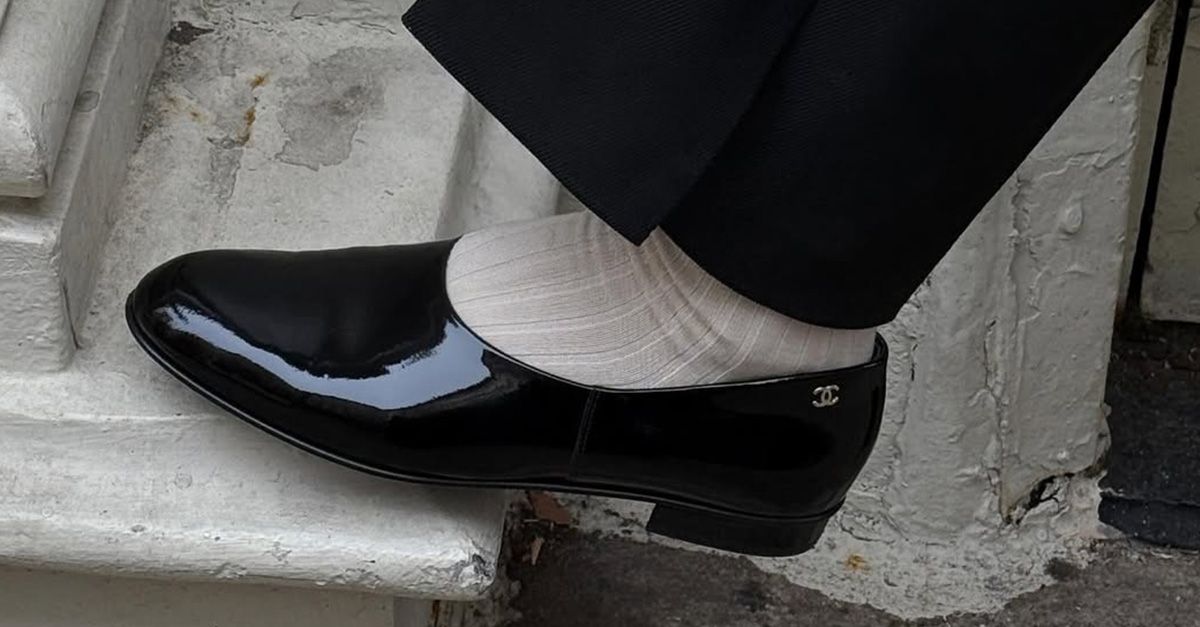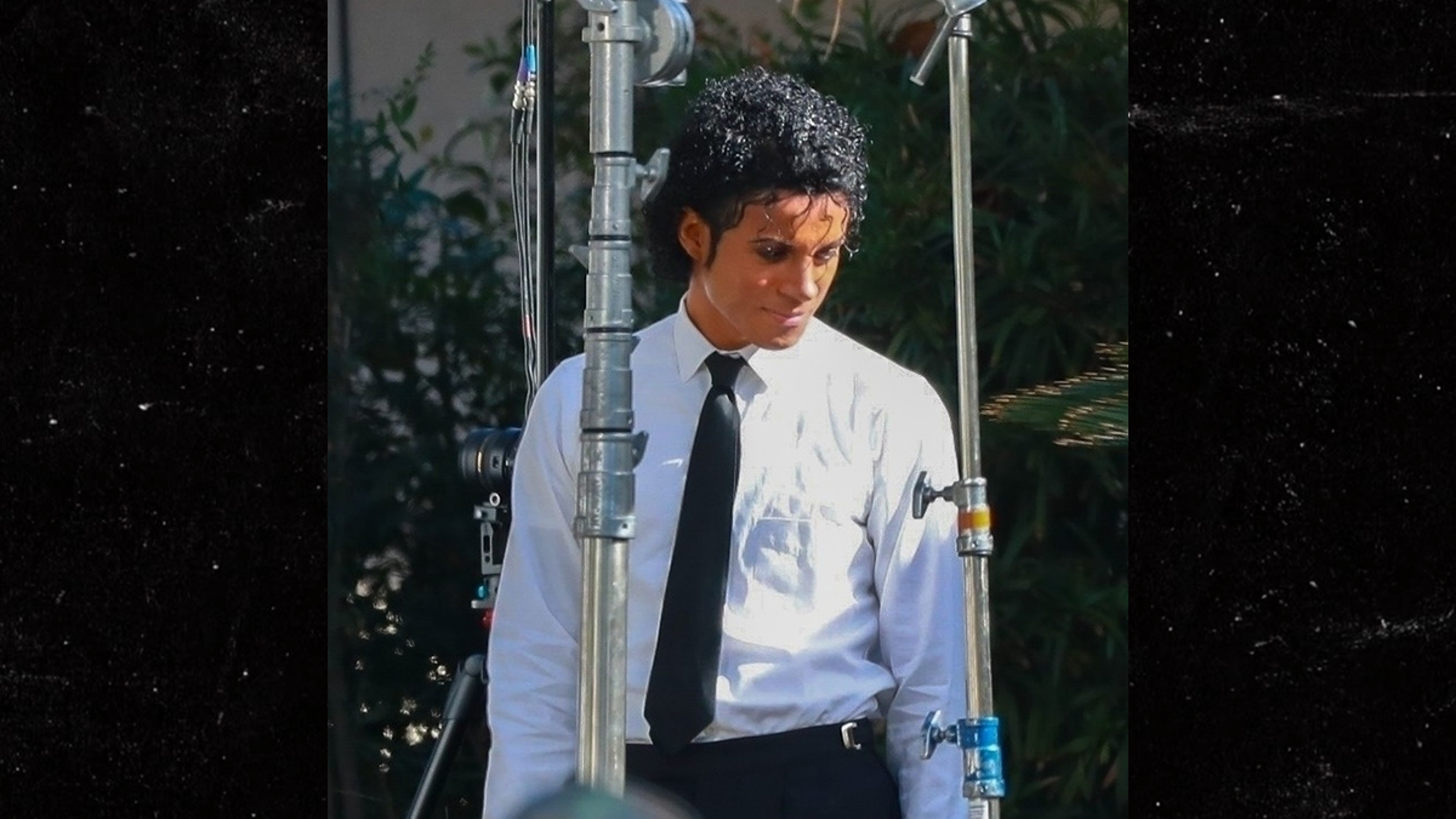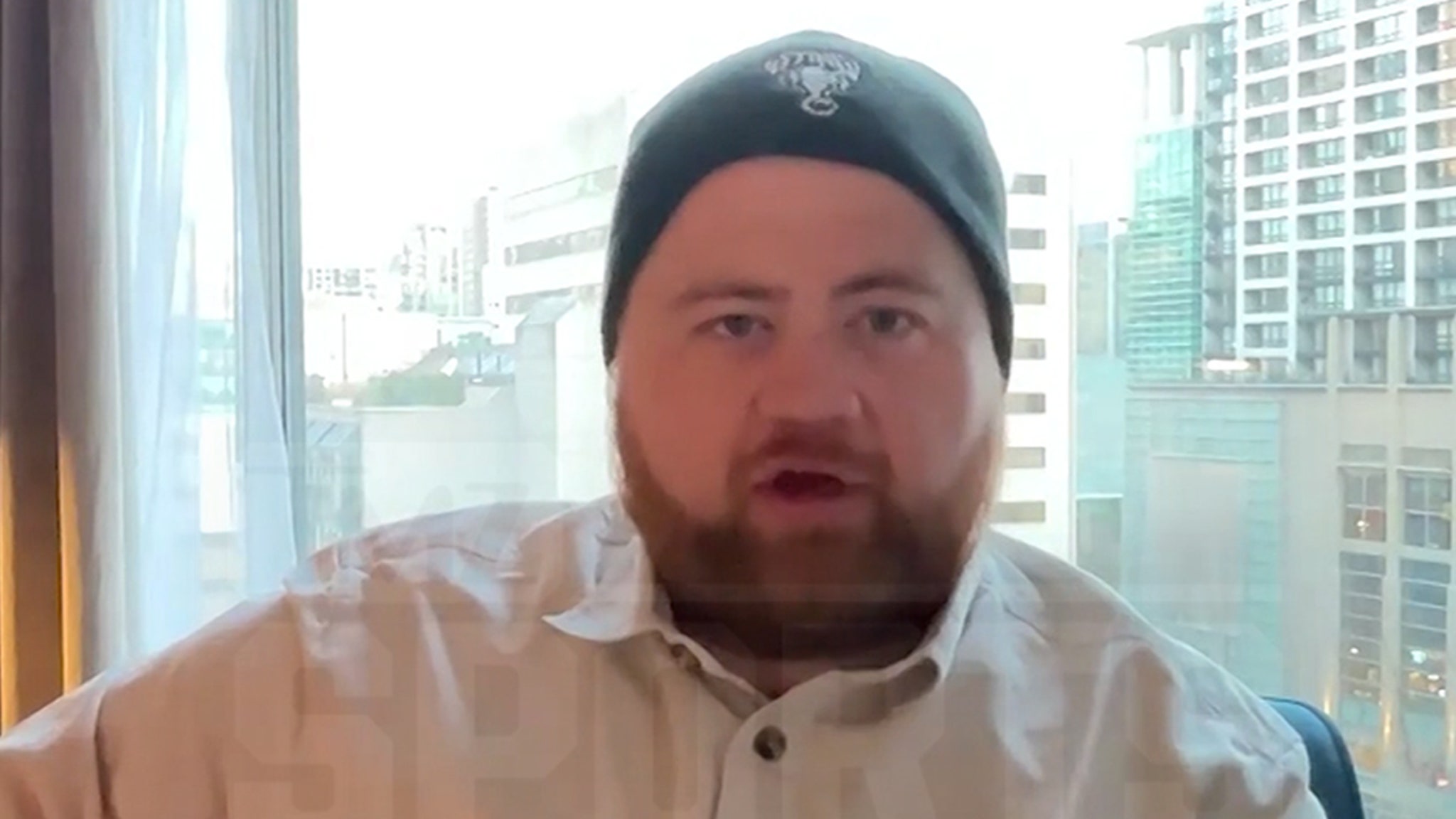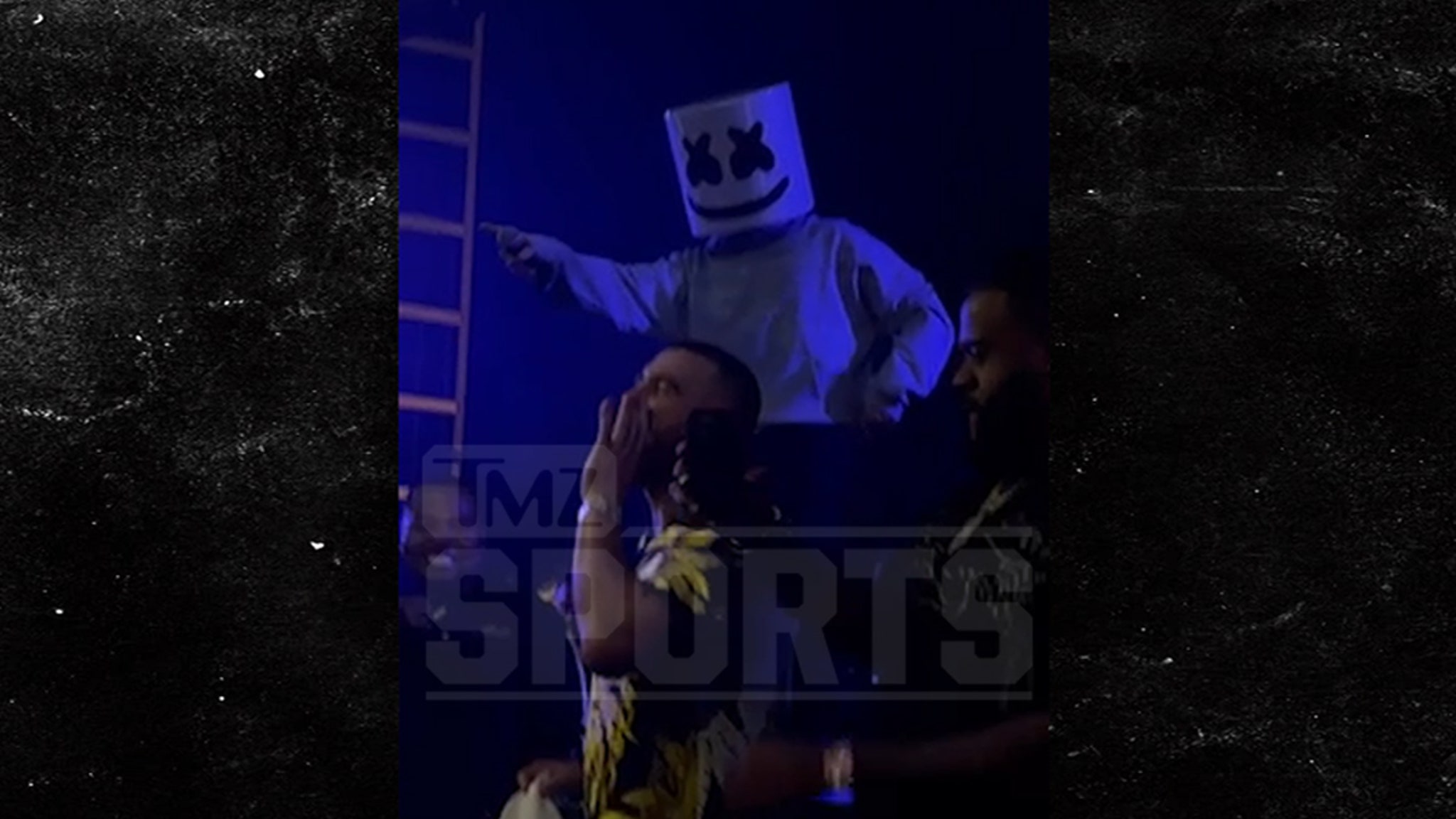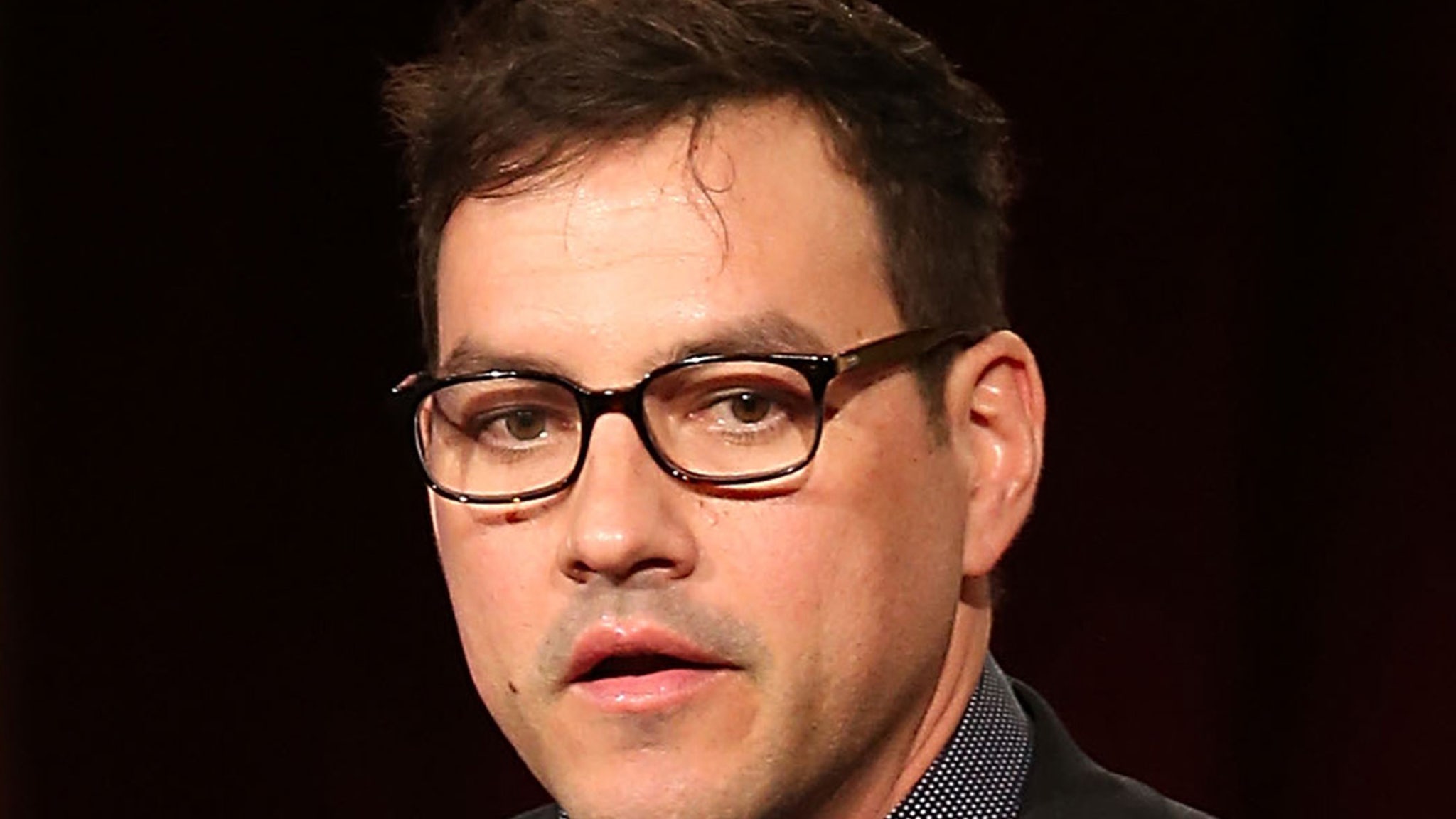Communist, fellow traveler, red, pinko, commie, useful idiot — the searing epithets of the Cold War have lost their sting but in their day they were lacerating. Depending on where the recipient was located on the left-of-center spectrum, a career might be stalled, derailed, or killed.
Paul Robeson was called all of the above, in addition to the more familiar slurs applied to a Black man who showed a little spunk in a Jim Crow culture. The preeminent artist-activist of mid-twentieth century America, Robeson was immersed in, or rather beat back against, the main currents of his times — the Jazz Age, the Great Depression, World War II , and the Cold War — with a promethean talent that found expression in virtually every medium of the popular arts — stage, records, concerts, radio, and film. On whatever platform, in whatever era, informing his participation, and the reaction to it, was his identity as a strong Black man who played against stereotype.
So prodigious was Robeson’s talent and off-the-charts his virtuosity that memoirs, biographies, and documentaries chronicling his life tend to lean towards hagiography. It comes with the territory. He seemed sculpted from Greek marble: his six-foot-three frame supported “227 pounds of bone and muscle,” as a reporter for the Afro-American wrote. The voice fit the exterior: a deep, resonant baritone that seemed to swell up from deep within his soul, as if, said more than one listener, he was channeling the sorrows and aspirations of his people.
Born on April 9, 1898, in Princeton, NJ, the son of a former enslaved person who became a minister and a mother who was a teacher, Robeson was reared in an atmosphere of educational uplift and religious devotion. He easily met the qualifications for “the talented tenth,” the vanguard of Black super-achievers anointed by W. E. B. Du Bois, but by any sane calculus Robeson was among a select one percent, or simply sui generis.
In 1915, Robeson entered Rutgers College and four years later emerged a star athlete and scholar. He was not limited to a single playing field either in sports (baseball, basketball, and football) or the arts (acting, oratory, and singing). Almost always, he was the first of his race to receive the honor bestowed and there were many: he left campus as an All-American tight end with eleven varsity letters — and a Phi Beta Kappa key.
From Rutgers, Robeson went to Columbia University Law School, where he earned his degree in 1923, though he never practiced. Two years earlier Robeson met and married Eslanda (“Essie”) Good, who matched him in smarts and formal credentials. She would be his life partner, career manager and political co-conspirator.
Robeson had always sung and acted, but it was Essie who encouraged him to turn pro. In 1923, he joined the Provincetown Players, the edgy theater group founded in 1915. In 1924, he was tapped for the lead in Eugene O’Neill’s All God’s Chillun Got Wings, a controversial play about miscegenation. The next season Robeson performed his first trademark role as the lead in the 1925 revival of O’Neill’s The Emperor Jones.
The poster art for Emperor Jones.
Of course, the role Robeson was born to play was not written by Eugene O’Neill. Yet even in the boundary breaking Jazz Age, an American version of Othello, where the lead actor need not “black up” with burnt cork, was out of the question. It would be in London, the site of the original premiere, that Robeson, in 1930, first played the tragic Moor of Venice, opposite Peggy Ashcroft as Desdemona. Not until a Theatre Guild production in 1943 did Robeson break the color line in America, above the Mason-Dixon line at least, with Jose Ferrar as Iago, who stole the show, and Uta Hagen, taking something of a career risk, as Desdemona.
The logical showcase for Robeson’s talent was the motion picture medium, but scant options existed for a Black man unwilling to shuck and jive. A fellow Black artist, the pioneering filmmaker Oscar Micheaux, gave Robeson his first screen role in Body and Soul (1925), casting him in two parts, as a huckster Black minister and his hard-working twin brother. The Black press called Body and Soul “the greatest picture ever produced with a Negro cast” (there was minimal competition), but mainstream — that is, white — response was nonexistent: “race films” were relegated to a subaltern circuit of segregated “race theaters.”
Hollywood did not beckon. In lieu of a major studio contract, however, Robeson received star billing (another first for a Black man) for an independent production, released through United Artists, and shot in New York, the feature film version of The Emperor Jones, produced by John Krimsky and Gifford Cochran; directed by Dudley Murphy, a versatile filmmaker at home with both experimental and studio system cinema; and written by Du-Bose Heyward, author of the 1925 novel Porgy.
However retrograde the racial politics and overwrought the melodrama may look today, The Emperor Jones was in its time an unprecedented cinematic celebration of potent Black masculinity. In a chain gang sequence, Robeson is shot from low angle, full frame, head-to-toe, bare-chested, in striped pants, in leg irons, hammering rocks with a sledgehammer, radiating an energy that cannot be shackled. Never again would he be accorded such a commanding starring role on the American motion picture screen. The British however embraced him. Most of Robeson’s limited filmography in the 1930s — Borderline (1930), Sanders of the River (1935), The Song of Freedom (1936), King Solomon’s Mines (1937), Dark Sands (1937), Big Fella (1937), and The Proud Valley (1940) — are British productions that got little notice, and sometimes not even a commercial release, in the United States.
Robeson’s next major Hollywood screen appearance was in a supporting part — but it was a plum role, forever remembered and certainly seen by more people than The Emperor Jones — as the Black stevedore Joe in Jerome Kern and Oscar Hammerstein II’s musical Show Boat (1936), directed by James Whale, based on the Edna Ferber novel, and originally produced on stage in 1927 by Florenz Ziegfeld. Robeson had already made the role his own on Broadway, starring in the legendary 1932 revival. He earned ovations every night with the showstopper that became his signature song, “Ol’ Man River.” Moviegoers watching the film version responded in kind.
Paul Robeson in Jerome Kern and Oscar Hammerstein II’s musical Show Boat.
By then, Robeson was devoting his formidable talents to another field. The economic devastation of the Great Depression and the racism of his native land had pushed him leftward politically — hard left, to the Soviet Union. He stood there rock solid for the rest of his life. Robeson became a tireless proponent for the causes that animated American leftists of all stripes in the 1930s: labor solidarity, the Republican side in the Spanish Civil War, anti-Nazism, and, of course, equal rights for Black Americans. Now, when he sang “Ol’ Man River,” he refitted the lyrics to suit the occasion. “I’m tired of livin’ and feared of dyin’” became ”I must keep on struggling until I’m dyin’” and “you get a little drunk and you land in jail” became “you get a little spunk and you land in jail.”
Predictably, Robeson’s political activism attracted the attention of J. Edgar Hoover, head of the Federal Bureau of Investigation. For more than forty years, Hoover’s G-men devoted hundreds of thousands of man hours to the threat that was Paul Robeson: debriefing informants, wiretapping phone conversations, and monitoring rallies, concerts, and plays. Throughout the files, FBI agents repeatedly refer to Robeson as “an avowed communist” and “an alleged member of the Communist party,” but the smoking gun — a photostat of a communist party card — is not reproduced. No matter. If Robeson had any misgivings about Stalinist Russia, he never expressed them. To break ranks with the USSR, he said, would be “reactionary.”
After the Japanese attack on Pearl Harbor, for the first and only time, Robeson’s art and politics were in perfect synch with the needs of the federal government: triumphalist patriotism and egalitarian tolerance. During WWII, as a home front warrior, he sold war bonds, headlined incentive rallies, and added his name to Office of War Information-approved programming on radio. The war years also marked his final appearance in a major Hollywood film, a segregated sequence with Ethel Waters in the episodic Tales of Manhattan (1942).
The mutual affection was short lived. The end of World War II meant the end of Allied unity. Almost overnight — or more precisely March 5, 1946, when Winston Churchill delivered his Iron Curtain speech in Fulton, MO — “Uncle Joe” Stalin, the kindly pipe smoking leader of our gallant Russian allies, morphed into the sinister face of the Soviet menace.
Unconcerned that the zeitgeist had shifted, Robeson never flinched. In 1946, called before the Joint Fact-Finding Committee of Un-American Activities, the state of California’s version of the U.S. Congress’s House Committee on Un-American Activities (HUAC), Robeson refused to say whether he was a communist but admitted his allegiance to the cause. He said he would certainly prefer being a member of the Communist Party to being a Republican.
In many respects, 1949 was Robeson’s breakthrough — or breakaway — year from postwar American culture. In Paris for a communist-backed Peace Conference, he said that Black Americans would refuse to fight in an American war. In Moscow for his first postwar visit, he beheld an earthly paradise whose system in one generation “has raised our people to the full dignity of mankind.”
Back home, the blowback from Paris and Moscow was fierce. Newspaper editors typeset snarky headlines (“Old Man Volga” was a favorite) and columnists offered the inevitable advice to love it or leave it. Hollywood’s right-wing political action group, the Motion Picture Alliance for the Preservation of American Ideals, published ads in the trade press: “Give the Commies Enough Robeson and They’ll Hang Themselves.”
Robeson ignored the flak and pressed forward. On August 27, 1949, he scheduled a concert for the benefit of the Harlem chapter of the Civil Rights Congress. The site was the Lakeland Acres picnic grounds off the main highway near Peekskill, NY.
The show drew a huge crowd, not all of whom were fans. Thousands of anticommunist agitators, professional patriots, and unreconstructed confederates gathered to protest and disrupt. The cultural historical echoes — an unruly mob out for blood, incited by a transgressive Black man — were impossible to miss. A cluster of blazing crosses on the horizon illuminated the link. Robeson came to the site, but seeing the violent mobs and the lack of police protection, he retreated to avoid bloodshed.
The concert was rescheduled for September 4, 1949, on the nearby grounds of Old Hollow Brook Golf Course. Given a week to marshal their respective forces, both sides were out in force and ready to rumble. The Robeson audience was estimated at 20,000; the protestors at 8,000. In place of the original, effigies of Robeson were hung up with signs reading: “Wake Up America. Peekskill Did.”
Despite the danger — men with guns were spotted in the vicinity and Robeson made an inviting target — he went on with the show. Surrounded by bodyguards, he sang “Ol’ Man River” with the “I must keep fighting until I’m dying” lyric change.
After the show, a melee ensued. “An undetermined number of Robesonites were stoned and cut by glass when their auto windows were smashed,” reported the New York Daily News. “When some of them resisted, they were hit with nightsticks and forced to sit on the grass as the police continued their search.” It was condign punishment, implied the tabloid.
What were dubbed “the Peekskill riots” received widespread coverage from the newspapers, radio, and newsreels — and on the new screen just entering the media landscape. WPIX, the New York-based network that billed itself as The News Television Station, broadcast newsreels of the Peekskill Riots that same night at 7:15 p.m. on the Telepix news program. “Robeson concert starts riot,” read the title card.
The video report on the Peekskill riots was one of the few times that the name and image of Paul Robeson — who had conquered stage, radio, records, and the motion picture screen — appeared on television in Cold War America.
Exiled From the Airwaves
Rioters overturn and smash a car on the Paul Robeson concert grounds near Peekskill, New York on Sept. 4, 1949. The concert benefited the Civil Rights Congress.
The consensus of the corporate executives running the new consensus medium in postwar America was that communists should not be seen on it. Robeson was one of the first performers to be blacklisted from television, and his banishment lasted longer than any other performer of the blacklist era — twenty-five years, ending only with his death.
Ironically, it was the good intentions of an old friend of Robeson’s that led to the permanent no admittance policy. In 1950, former First Lady and liberal standard bearer Eleanor Roosevelt entered the living room medium with a faux-cozy talk show entitled Today with Mrs. Roosevelt. Debuting on February 12, 1950, the show was telecast on Sunday afternoons from 4:00-4:30 p.m. on a “sustaining basis” — that is, the network picked up the tab in hopes that the show would gain a following and attract a commercial sponsor.
Today with Mrs. Roosevelt originated in the Colonial Room of the Hotel Park Sheraton in New York, with the guests seated around a table presided over by the hostess. Mrs. Roosevelt’s access to A-list power brokers was confirmed by the line-up for the first telecast, a discussion of the hydrogen bomb: Albert Einstein (on film); J. Robert Oppenheimer, the father of the atomic bomb; David Lilienthal, chairman of the Atomic Energy Commission; and Sen. Brian McMahon, chairman of the Joint Committee on Atomic Energy. No one turned down an invitation from Eleanor Roosevelt.
At the close of the show of March 12, 1950, announcer Ben Grauer teased next Sunday’s episode: Mrs. Roosevelt would be in conversation with Paul Robeson; Harlem Congressman Adam Clayton Powell Jr., and Perry Howard, from the Republican National Committee of Mississippi. The topic on the coffee table was to be “The Position of the Negro in the American Political Picture.”
No sooner had Robeson’s name gone out over the airwaves than the NBC switchboard lit up with angry calls from Cold War media warriors. Not unlike an army of X-bots today, a network of anti-communist crusaders stood ready to pick up a telephone or fire off a telegram whenever a suspected communist might be poised to subvert the airwaves.
By 3:00 p.m. on Monday, NBC had caved to the pressure. “Robeson will not be on Mrs. Roosevelt’s program next Sunday,” announced Charles R. Denny, NBC’s executive vice president. “We are agreed that his appearance would lead only to misunderstanding and confusion and no good purpose would be solved in having Robeson speak on the issue of Negroes in politics.”
Robeson responded on brand. “I won’t be silenced,” he told a crowd on Chicago’s southside the week after the cancellation. “I shall continue to fight for a decent life for the Negro people and all oppressed people, and for a peaceful world in which all men can walk with full human dignity.”
Robeson’s case was an early warning sign of a new business model. In June 1950, the television blacklist was codified when American Business Consultants, a self-styled communist alert network, published a thin volume entitled Red Channels: The Report on Communist Influence in Radio and Television, a source book for broadcasters wary of platforming the wrong performer. In alphabetical order, the book listed 151 allegedly subversive artists and tallied up their offenses. Robeson was not included in the list, probably because any enumeration of his offenses — signed petitions, appearances at rallies, public statements, etc. — would have taken up too many pages. However, performers could be listed in Red Channels merely for being Robeson adjacent. The musician Dean Dixon made the list for being “a supporter of Paul Robeson”; the poet and writer Shirley Graham for being a biographer of Robeson; and the concert pianist Ray Lev for attending the Peekskill concert.
Man Without a Passport
Paul Robeson, as co-chairman of the Progressive Party, leads advocates of effective civil rights legislation, in front of the White House in Washington, DC, 1950.
Robeson, unrepentant, paid dearly for his fidelity to the Soviet Union. His annual income dropped from $100,000 in 1947 to $6,000 in 1952. In 1951, when MGM remade Show Boat, Robeson was not considered as a candidate to reprise the role of Joe, and not because he was too old.
Robeson gave his critics plenty of ammunition. On December 21, 1952, on the occasion of Josef Stalin’s 73rd birthday, Moscow announced that Robeson had been awarded the Stalin Peace Prize for being “the standard bearer of the oppressed Negro people and all honest Americans struggling against imperialist reactionaries preparing a disastrous war for Americans.” Robeson was thrilled by the recognition. “The Stalin Peace Prize will inspire me to work more diligently than ever before for the kind of world I know is possible and which is the dream of all mankind,” he declared at a press conference.
In 1950, in the wake of Paris and Peekskill, the U.S. State Department lifted — that is confiscated — Robeson’s passport on “the ground that his travel overseas would be prejudicial to the best interest of the United States.” It was a common government tactic during the McCarthy era: on the theory of keeping your friends close but your enemies closer, the State Department denied freedom of travel to Americans who might preach an un-American gospel beyond the three-mile limit.
Throughout the 1950s, Robeson made repeated efforts to obtain a new passport for concert and speaking engagements overseas, but the State Department always denied his request. The feds were adamant that Robeson first needed to “answer questions in respect to Communist Party membership.” Robeson just as adamantly refused.
Meanwhile, on June 12, 1956, Robeson responded to an overdue summons to appear before a subcommittee of the House Un-American Activities Committee. Unlike the hearings into alleged communist subversion in Hollywood in October 1947, the committee was investigating whether communists — like Robeson — had obtained passports to travel abroad to promote anti-American propaganda. Like the screenwriters John Howard Lawson and Dalton Trumbo in 1947, the witness was loud and defiant. “You are the non-patriots and you are the un-Americans and you ought to be ashamed of yourself!” Robeson shouted at his interrogators. Unlike Lawson and Trumbo, however, he was not dragged from the witness table, which would have a challenging task for a sergeant at arms.
A vindication of sorts finally came on June 16, 1958, when the U.S. Supreme Court overturned the U.S. State Department’s warrantless seizure of the passports of U.S. citizens. On June 26, 1958, the reluctant State Department finally issued Robeson a passport.
Robeson set off for friendlier territory: the United Kingdom, where he was welcomed as a conquering hero. On July 28, 1958, on a 30-minute special for ATV entitled “Paul Robeson Sings,” he performed on television for the first time. “Paul Robeson’s personality, as towering as his build, shone right through his half hour stint,” said Variety’s London based reviewer.
American television viewers were no so fortunate. To the end, the blacklist denied Robeson access to the American airwaves. Television was the only media platform that, in America at least, Robeson did not master, for reasons that had nothing to do with his skill set.
For the next several years, Robeson toured the non-American world. In 1963, in deteriorating health both physically and emotionally, he returned to the United States. He spent the rest of his life in virtual seclusion, occasionally emerging to receive an award or honor an old friend, a melancholy last act to a once vibrant public life. On January 23, 1976, he died of complications of a stroke.
Being dead did nothing to make Paul Robeson less controversial. In 1978, Robeson was refused a star on Hollywood’s Walk of Fame. Politics, claimed the man in charge of the sidewalk, had nothing to do with it: Robeson simply wasn’t well enough known. A firestorm of protests erupted and the Walk of Fame commission hastily backtracked. Robeson got a star, which was dedicated on April 9, 1979, his birthday. Also in 1978, Paul Robeson, a one-man show starring the late James Earl Jones, perhaps the only actor with the stature and charisma to embody the original, was mounted on Broadway. Activists denounced the play as “a pernicious perversion of the essence of Paul Robeson.” It closed after 77 performances.
Today, Robeson is remembered as an ascendant figure in any cultural history of America in the twentieth century, the subject of thick biographies, the inspiration for academic conferences, and the topic of worshipful documentaries.
Yet, as always with the blacklisting of a great artist, it is the might-have-beens that are most haunting, the absence of the work Robeson was not allowed to do. In another world, a prestige Hollywood production of Othello, starring Robeson, with Jose Ferrer whispering into his ear as Iago, and a gutsy young screen ingenue — Julie Harris? Susan Strassberg? — as Desdemona, might have been released, a version to scare away both Orson Welles and Laurence Olivier from blacking up for the part. Or, since we’re dreaming, a collection of live performances on the television variety shows of the 1950s, preserved on chalky kinescope.
Source From: www.hollywoodreporter.com
Source link
- Sonic Review – The World #1 App Allows You To Launch Your Own AI Streaming Platform Preloaded With Over 100 Million Artists, Playlists, Podcasts, Genres, Audiobooks & Radio Channel And Tap Into 600 Million Paid Members!
- Voixr Review – The #1 Emotional-Based-Human-Like Voice Cloning AI Powered App Cloning and Speaking In 1,800+ Voices With 144 Native Languages Instantly Without Recording or Any Tech Skills!
- SiteRobot AI Review – The #1 AI-Powered App Let Us Build Complete Websites + Contents Instantly By Using Just Your Keyword!
- Quillaio Review – Get Your Website Ranking In Page 1 With The Most Powerful AI Engine And Hand Free Optimization Of Your Contents!
- MailDaddy Review – The New Email Marketing Software Helps You Send Unlimited Emails To Unlimited Subscribers By Getting 99.96% Inbox Delivery With Assurance To Get More Opens, Clicks, And Sales!


